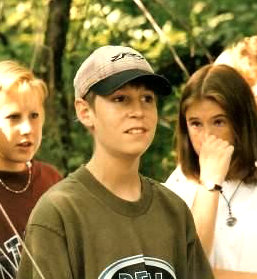Marius Wernig, M.D., Ph.D. Stanford University School of Medicine
The lysine 27 to methionine substitution in histone variant H3.3 (H3.3-K27M) is the most common mutation in pediatric high grade gliomas. Recent studies have demonstrated that this mutation leads to a global reduction of H3K27 trimethylation in a dominant manner by sequestering an enzymatic subunit of the polycomb repressive complex 2 (PRC2). As a consequence, the epigenetic setting of the cell including DNA methylation is altered and drives gene expression changes towards tumorigenesis. Although PRC2 function is crucial for all developing tissues it seems that particularly oligodendroglial progenitor cells of distinct brainstem regions are susceptible to the potentially oncogenic effect of the H3.3-K27M mutation. In contrast, activation of the very same subunit of PRC2 has been described as a tumor-promoting event in other cancer entities (e.g. acute myeloid leukemia, medulloblastoma, non-Hodgkin lymphoma etc.). It is therefore necessary to study the functional consequences of the H3.3-K27M mutation as well as its downstream pathomechanism in depth in the supposed cell type of origin.
Here, we combine gene targeting and directed differentiation of human pluripotent stem cells (hPSCs) to examine the direct effect of the H3.3-K27M mutation in different types of precursor cells. Using adeno-associated viruses we introduce an inducible K27M-version of H3.3 into the endogenous locus of wildtype hPSCs. Furthermore, we reprogram patient-derived glioma cells into induced pluripotent stem cells (iPSCs) thereby resetting the epigenetic setting of the tumor. Using the CRIPS/Cas9 system we replace the mutant H3.3 allele with a wildtype reading frame and the inducible K27M-version. Subsequently, we apply established step-wise differentiation protocols to derive neural cell lineages. Cellular phenotypes are then compared between wildtype and induced H3.3-K27M and across different cell types. Accordingly, global DNA methylation and gene expression is measured and compared in order to test whether the K27M mutation alone is sufficient to drive an epigenetic configuration recapitulating the actual tumor and how this differs between the types of progenitor populations.
Ultimately, we hope in this project to identify mediators of tumor induction and early progression that are very specific to the cell of origin and might serve as future therapy targets for this devastating child tumor.

 Team 24 Hour Roadside Persistence
Team 24 Hour Roadside Persistence